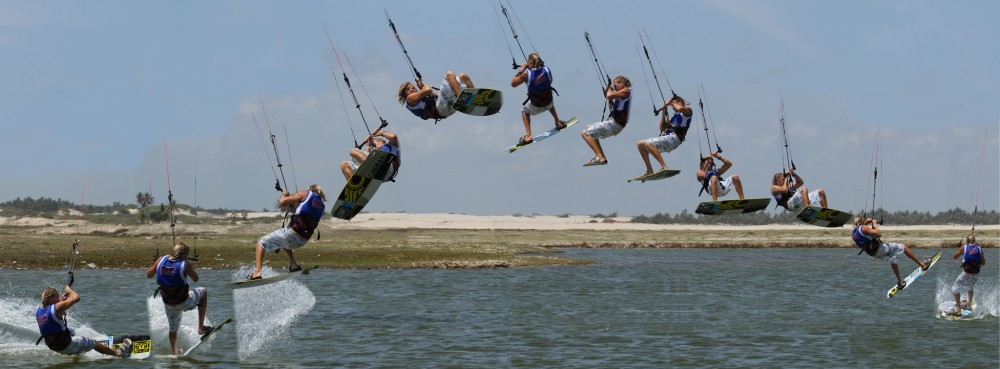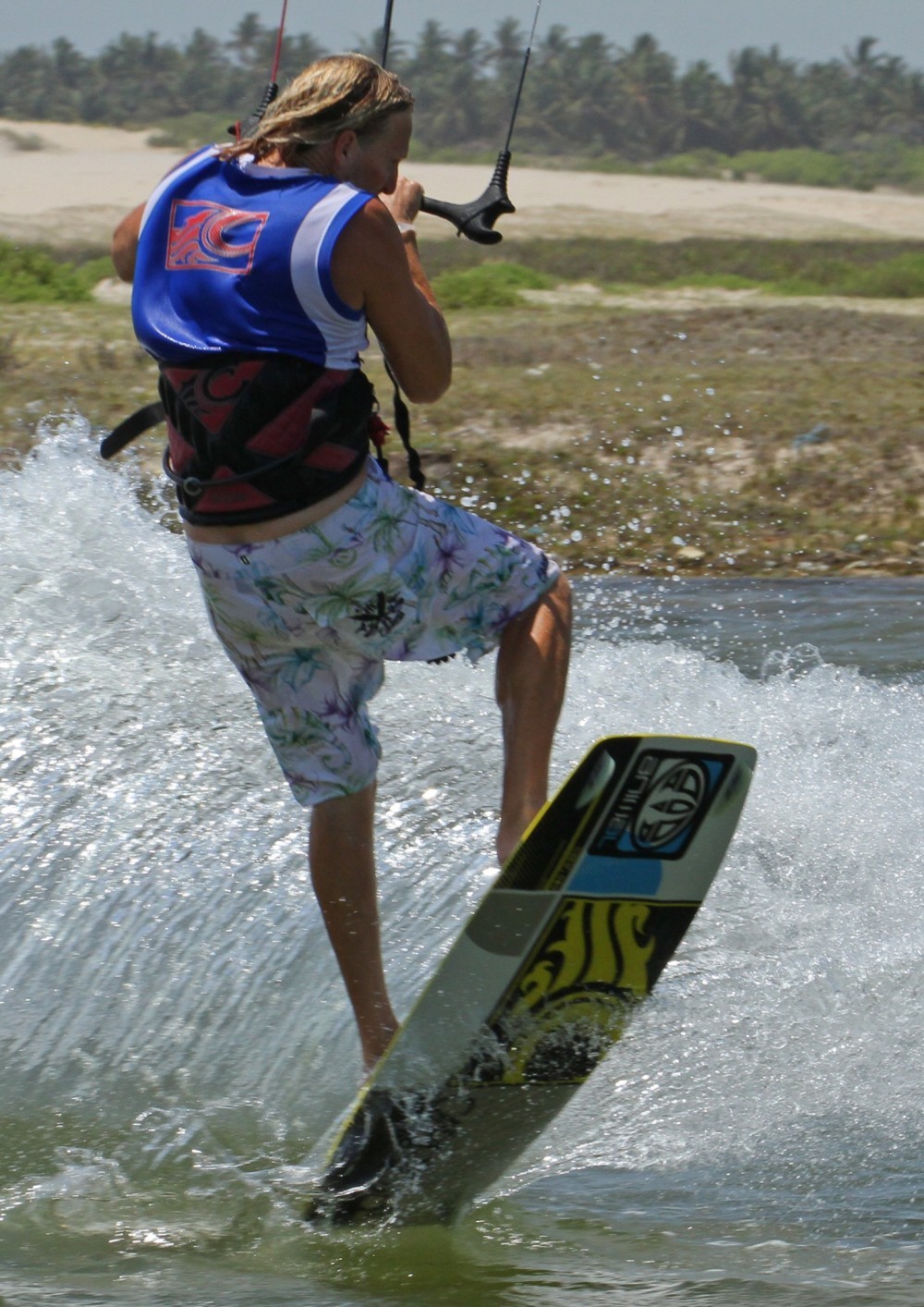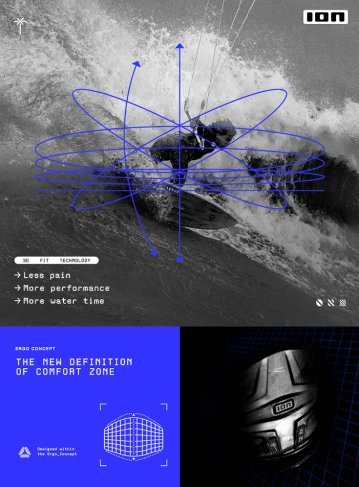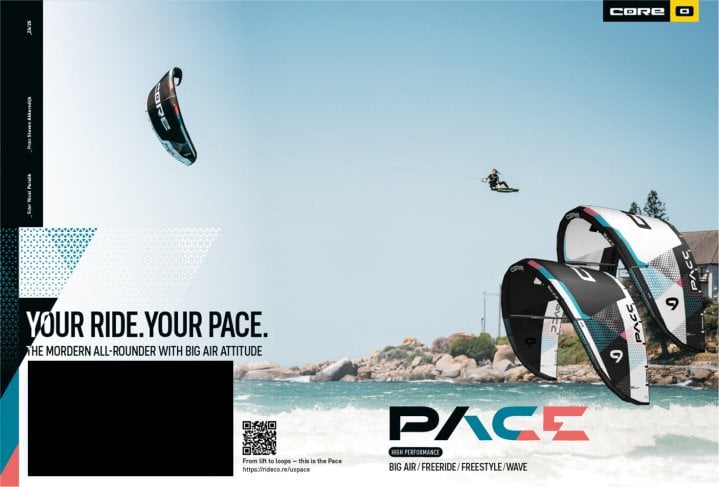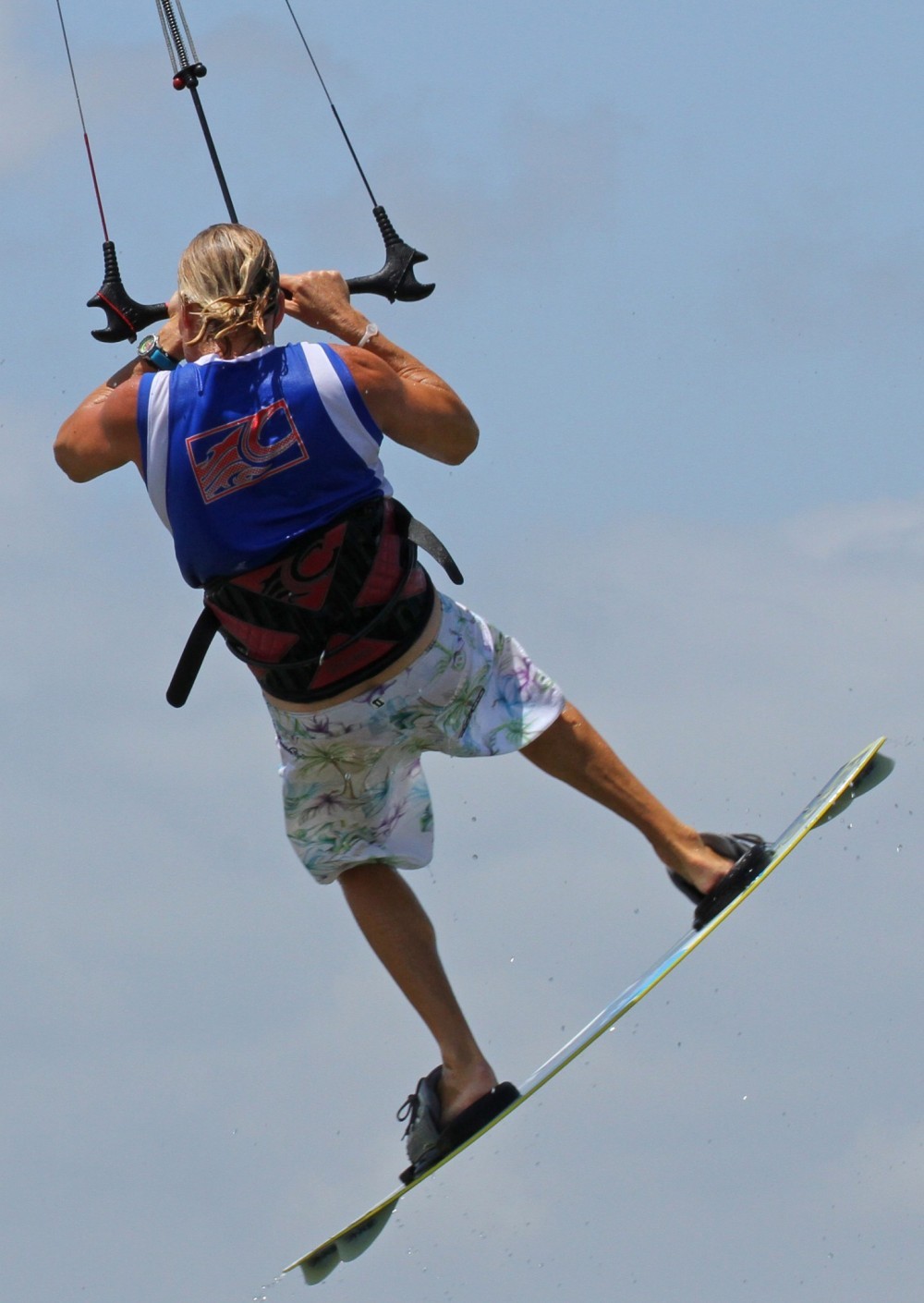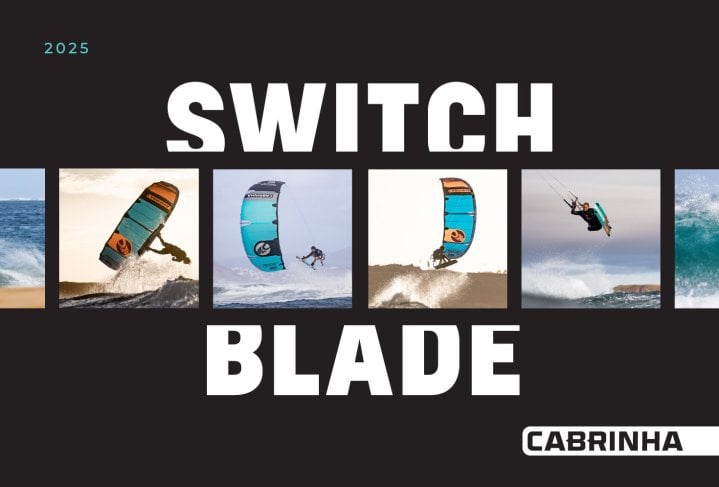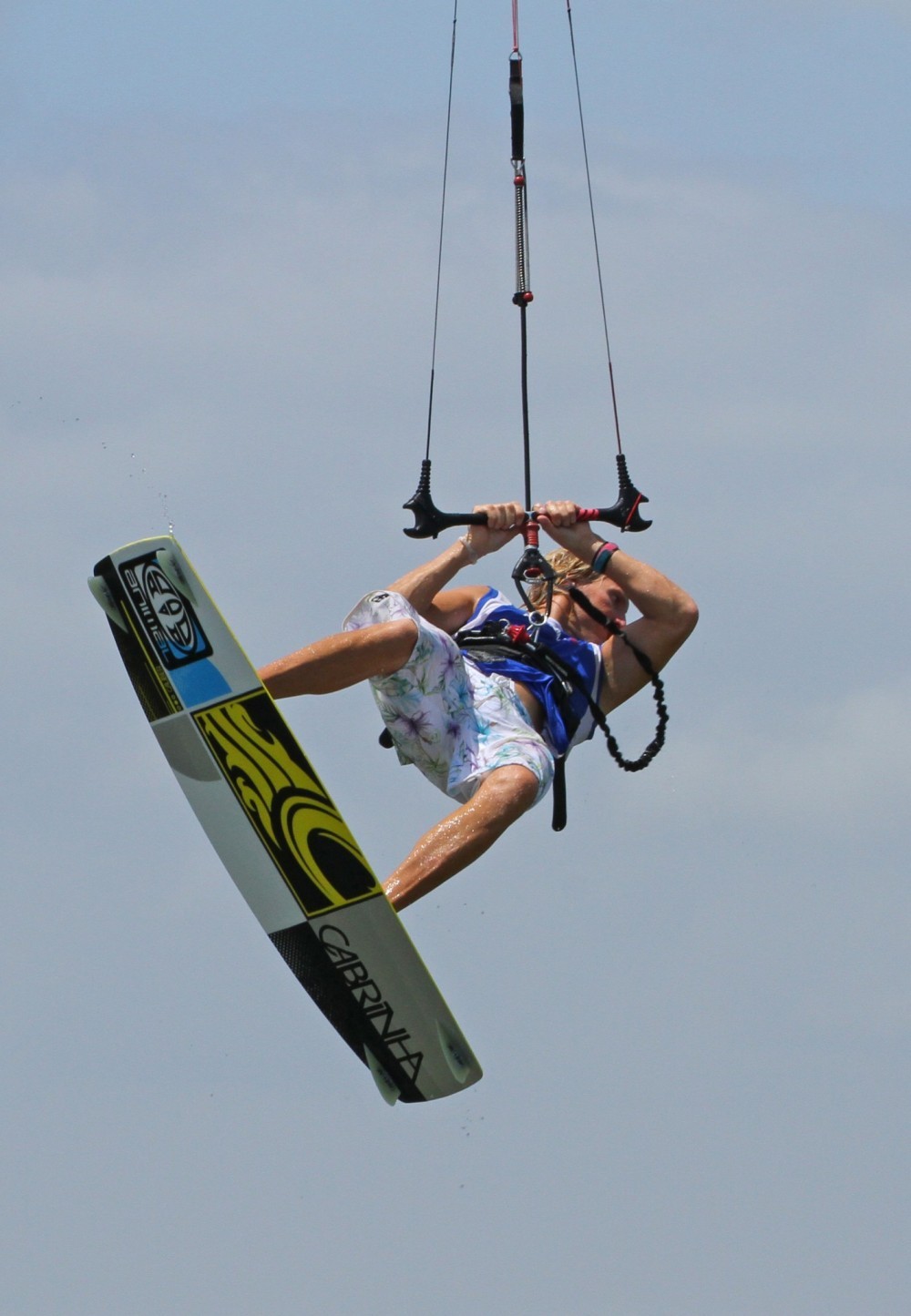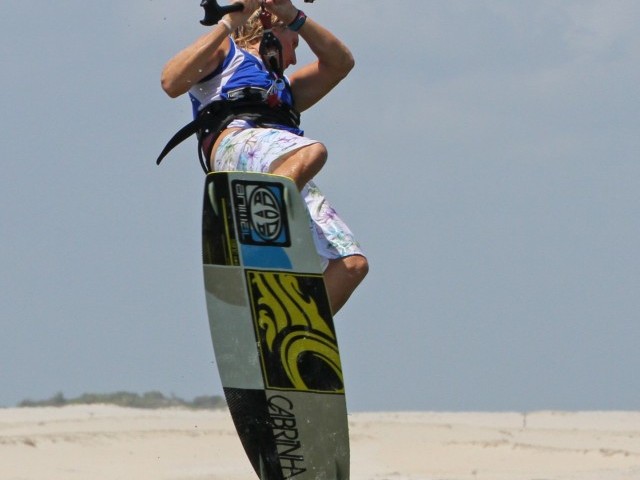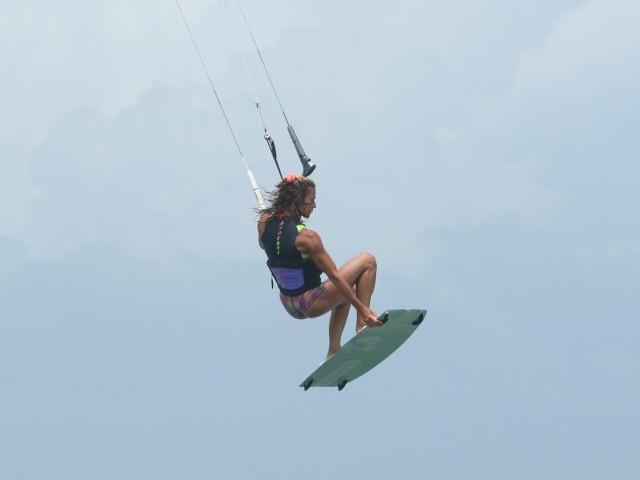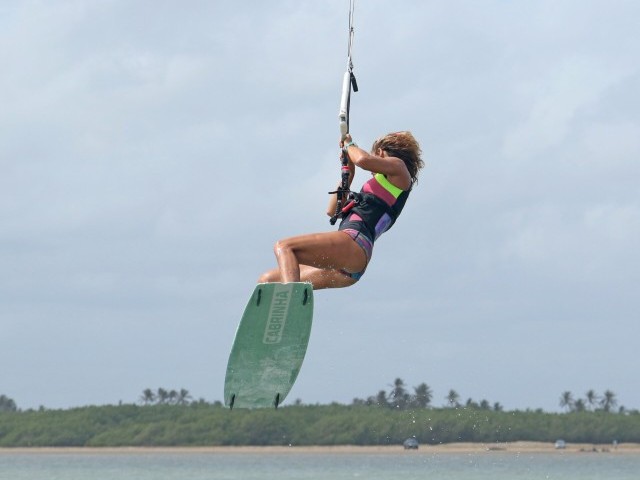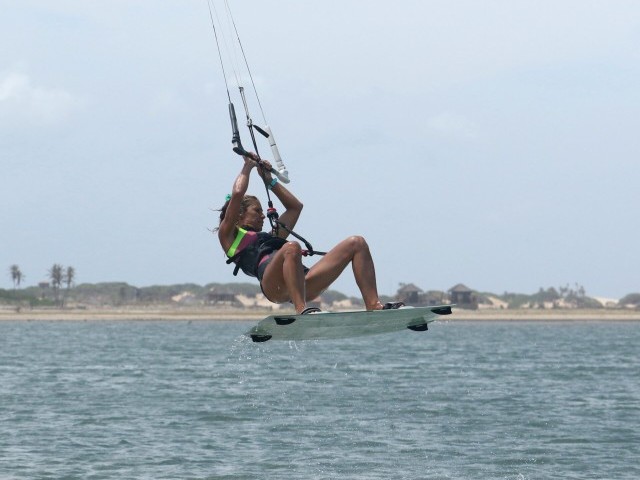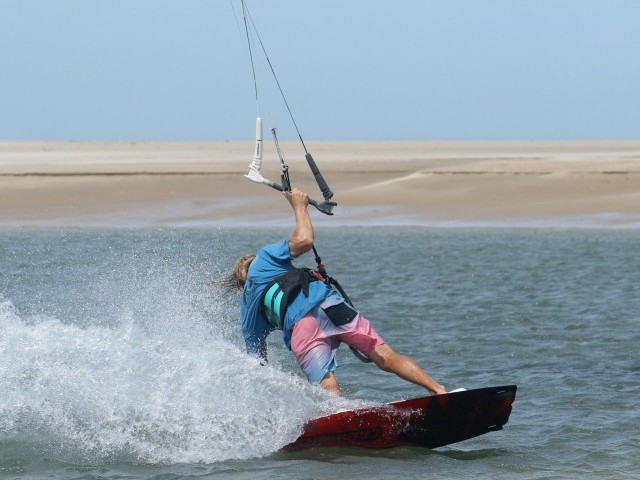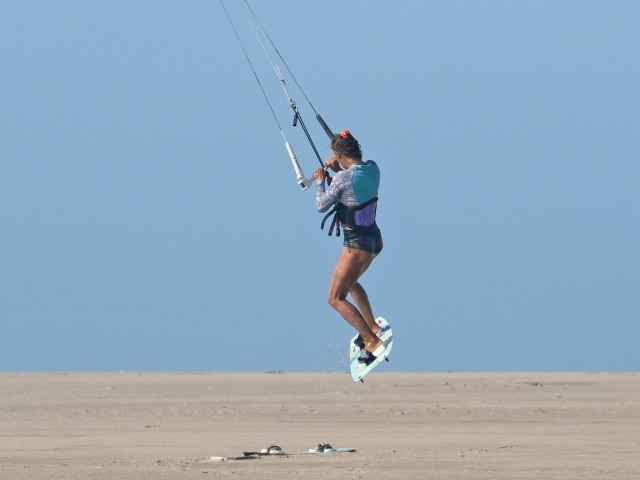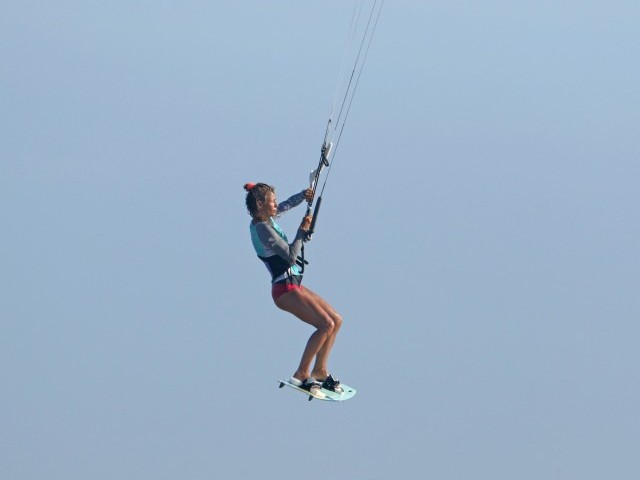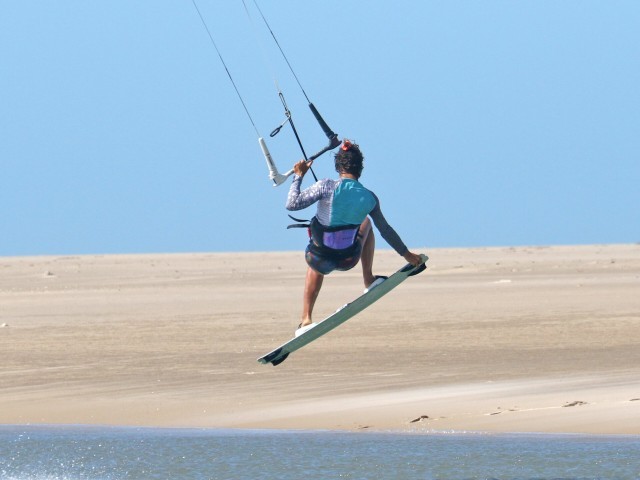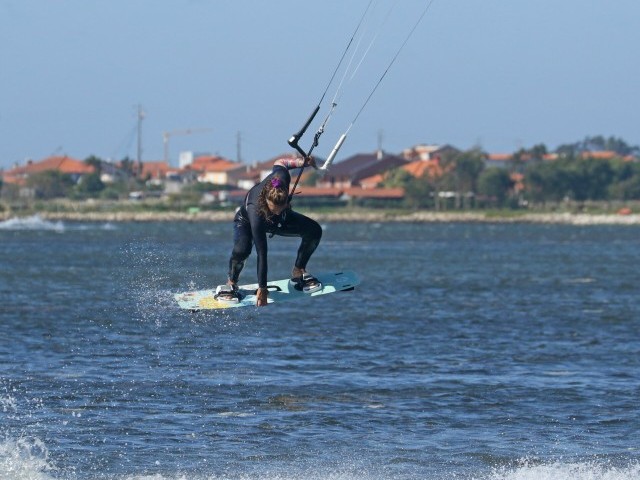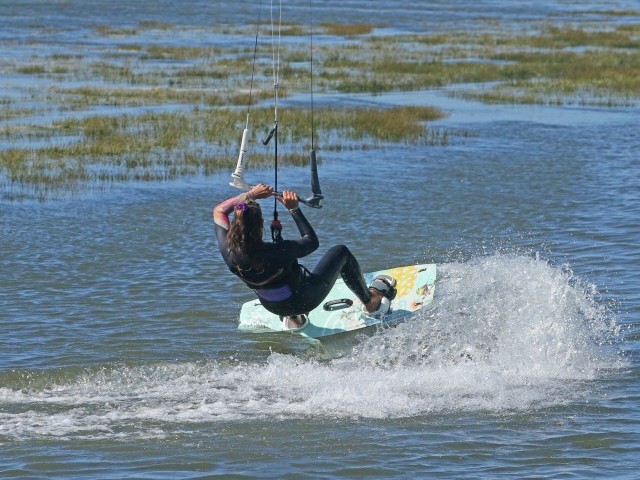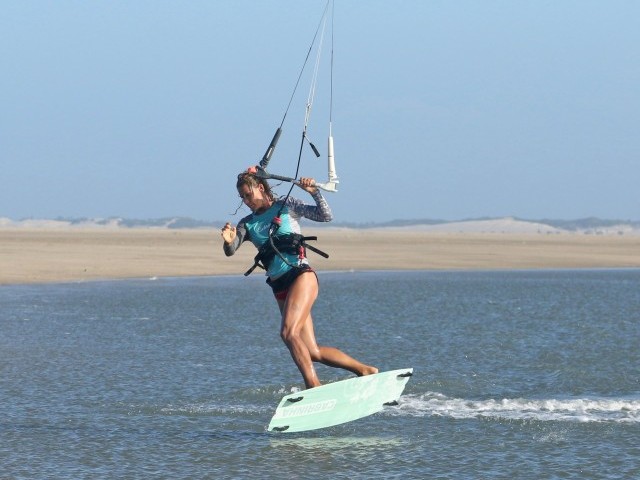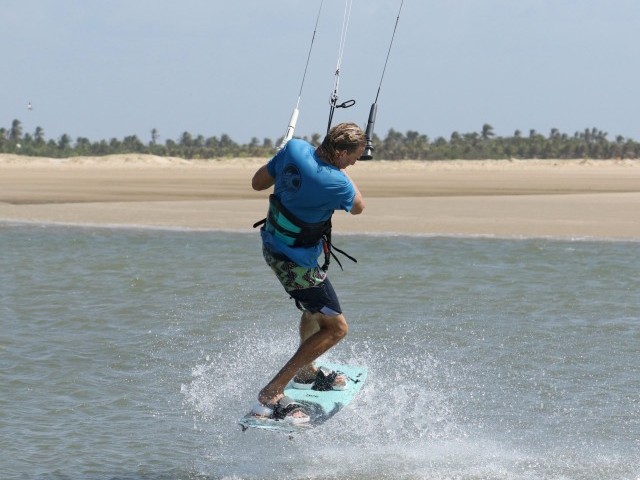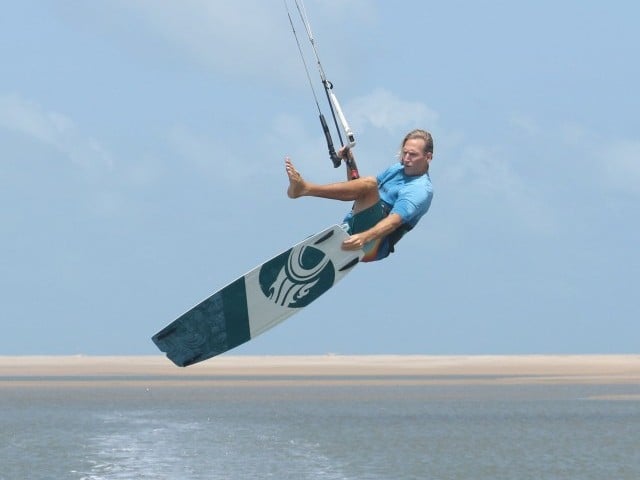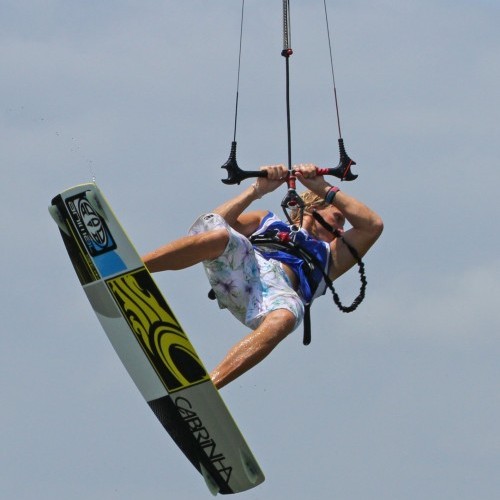
Double Front Loop
Technique / Intermediate
Introduction
It’s an unwritten fact, that to really prove yourself as an accomplished front looper, you must learn to slow your rotation down, so that your complete 360 matches perfectly the time you spend in the air. This of course shows great control, adds oodles of style and concerning this next move teaches you how to land from a non completed, almost stalled rotation. It’s also very true that there is more than one way to claim any double rotation and that is to merely throw yourself into whichever spin you fancy with all the enthusiasm of a hungry mosquito. We however will be looking towards a more controlled and therefore a more consistent version, but the enthusiasm will still help! Needless to say we do suggest that you can front loop..
To make the double front loop an achievable reality you should look at it as one loop on the way up and another on the way down. Sounds simple enough? You already know that you can get round the one, so if you can speed up your first rotation, you’ll leave yourself with enough time to throw the second one before touch down. This may be all rather good, but let us throw in the one thing that’ll make all the difference – kite control. Doing the right thing with the kite is what will give you both the confidence and the consistency in this move, as well as the time in the air without needing to go orbital.
The Take Off
When learning the front loop we can all remember how much more effort we had to put into throwing the rotation. Always looks so smooth and effortless, but the kick off the back foot on take off was, and still is so important.
Have a look at Pic A. The approach should be as per usual, comfortable speed, kite just under 1 or 11 and most importantly some hefty edge to kick off. In this picture Christian has already sent the kite hard back, not steered it gingerly. As he feels the lift on his harness, he initiates the front roll by stamping hard against the edge of the board with his back foot, extending his back leg. At the same time he throws his head down towards the front of the board and allows his front knee to lift (and following this he will turn his head back). All this should be a walk in the park, as nothing is new. However if you have got used to slowing your front loops down, you will now need to throw them as if your next meal depended on it.
Lastly if you look at Christian’s bar, it’s pulled in and he is already pulling on his front hand to get the kite moving back up towards 12. In a single front loop you may get away with leaving the kite back and then pulling very hard at the end to dive it forward. However for the double you need the hang time, the float from the kite, and the only way you’ll get this is to get the kite up above you sharpish, so it keeps pulling you up as it rises. To have the control and keep the float you need to keep the tension on the back lines, so keep the bar in. That said don’t overdo it, because if you redirect the kite so that it goes forwards past 12, it’ll pull you off balance.
Hanging
Pic B. shows the exact half way mark, one loop completed and Christian is at the apex of his jump. The first consideration here is kite position – the kite is a tiny bit behind 12 (seeing as the jump is left to right). This is that safe, floaty position that we adopt when just boosting as high as possible, as it gives us all the hang time, but doesn’t pull us forward off balance. Added to this you can just make out that Christian still has the bar pulled in. This not only keeps him hanging in the air, but also means that he can “feel” where the kite is. This combination will give you the confidence to carry on into the second rotation, knowing that the kite is above you and supporting you. If it’s not you’ll feel that you’re dropping and the second rotation will not seem like such a good idea.
This is most likely a good time to bring in the fact that your loops are continuous and connected. You need sufficient inertia from your take off to allow you to continue into your second loop, with just a little encouragement from a simple turn of the head to once again look around over your back shoulder. With the kite just behind you, you will pivot on your harness hook easily. Keeping your knees up will help to keep the momentum going.
Two Times
Pic C. could just as well come from a single front loop. Christian is half way around his second rotation. The emphasis here is on getting all the way around, so Christian is leading with his head, looking well over his shoulder to see where he’ll be landing. As long as you can see where you’re going with your head the rest of your body and the board will follow and catch up. If you just stare upwind you’ll stop rotating. See also how the bar is still pulled in, and the kite is now right above Christian, still floating him, albeit down, and ready for action.
Dive to Land
Pic D. should also be a familiar skill, but one that is easy to forget in the heat of the moment. To finish the double rotation and land smoothly with some speed you’ll need to dive that kite, so that it pulls you around the final few degrees and sets you up for a downwind landing. As soon as your front knee and nose of the board come through the wind it’s time to dive hard with your front hand. Because you have the bar in and tension on the lines, the kite will react quickly and give you that last little bit extra to complete the rotation.
Top Tips
Unfortunately there is no way to learn this in stages, as you need to commit to the spin from take off. However best bet is to start with a few front loops, sending the kite positively and concentrating on keeping the bar in all the way through the move. Chances are that because you don’t let the bar out as you come around to complete the rotation, you will over rotate slightly! Once you’re ready give a lot more kick and head throw to the take off, keep the bar in and get the kite above you for the float.
Sequence 1. for a step by step guide
- Pic 1. Christian approaches with comfortable speed, a good edge, weight back and kite just below 1 o’clock. He then sends the kite back sharply towards 11 and resists the pull by locking his back leg.
- Pic 2. As he feels the harness lift Christian stamps down hard against his back foot and the edge of the board, throwing his shoulders and head forward towards the nose of the board. As he does this Christian pulls the bar in and already pulls gently on his front hand to steer the kite back up for height and float.
- Pic 3. On the way up Christian turns his head to look back over his back shoulder and lifts both knees up to increase the speed of his rotation.
- Pics 4 & 5. Whilst rotating Christian keeps himself as small as possible, with the bar in and light pressure on his front hand, to get the kite near 12 and give him the float and height necessary.
- Pic 6. One down, one to go! Make sure that you can fell the kite is floating you. Christian keeps the bar in and tucks his head down and around to keep the momentum going.
- Pics 7 & 8. Still pulling gently on the front hand to get all possible lift from the kite, Christian keeps himself small, chin down and bar in.
- Pic 9. Half way around the second loop and Christian looks for where he’ll land.
- Pic 10. With the head focused on the water, Christian knows that the body will follow, so he can now dive the kite hard with his front hand.
- Pic 11. The moving kite pulls Christian out of his rotation and accelerates him downwind.
- Pic 12. And as a result Christian can land comfortably and gently with speed, tail first and down wind. All that’s left to do is carve back onto his edge, settle the kite and unspin the bar – twice!
Common Problems
If you’re getting most the way around, but landing fairly hard on you back hip or bum. This is a sure sign that you’re either not keeping the bar in or not getting the kite back above you after take off. With the kite left behind it is easy to get the spin as you’ll pivot around the lines, but you’ll have no float and no forward momentum, so really concentrate of flying the kite.
If you’re getting height and float but then stalling the second rotation. Chances are that you’re letting the bar out as you come around the first loop. This is a habit that many kiters get into, dropping out of a loop, rather than pulling out of a loop with the power from the kite. Once again concentrate on keeping the bar in throughout the loop and commit to the second rotation from take off.
If you’re landing one and a half on you back with some power. This means that the kite is moving forwards and is in front of you whilst you’re spinning. Generally this is because you haven’t sent the kite hard enough, so you’re taking of with the kite at 12 or just behind, which means any front hand pressure redirects the kite too much. Solution – send the kite more aggressively.
Keystones
- Positive send
- Kick off hard
- Bar in & kite above you
- Lead with head
- Dive to complete
This technique article was in Issue 32 of IKSURFMAG.
Related
By Christian and Karine
Christian and Karine have been working together as a coaching team, running improver to advanced kitesurfing clinics since 2003.






